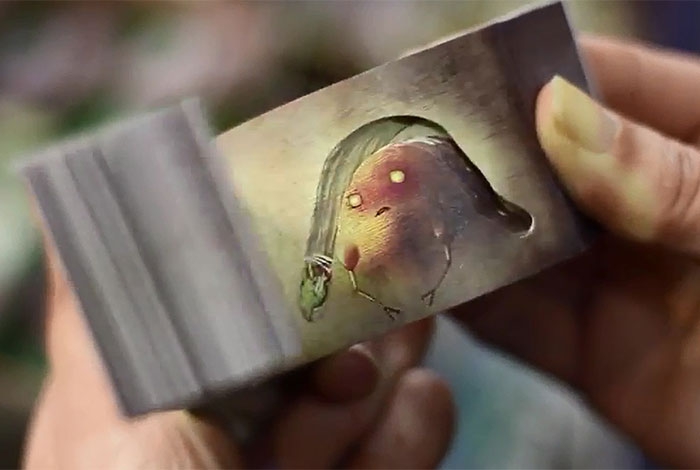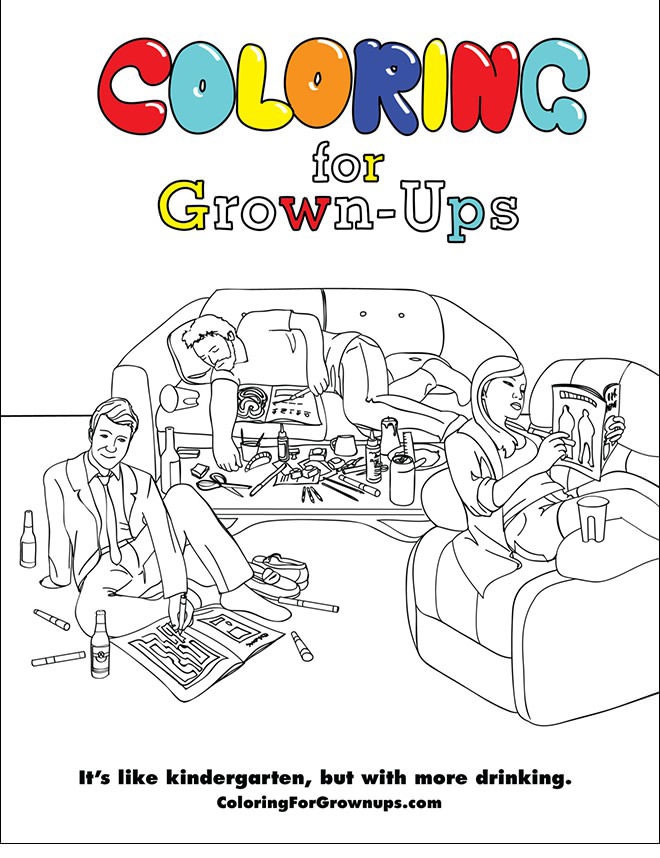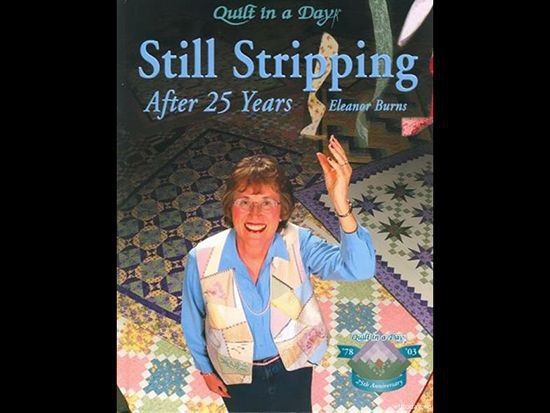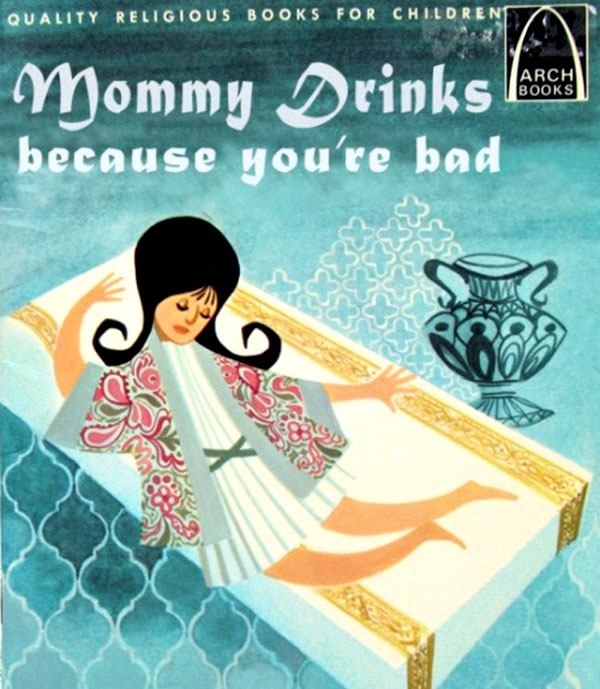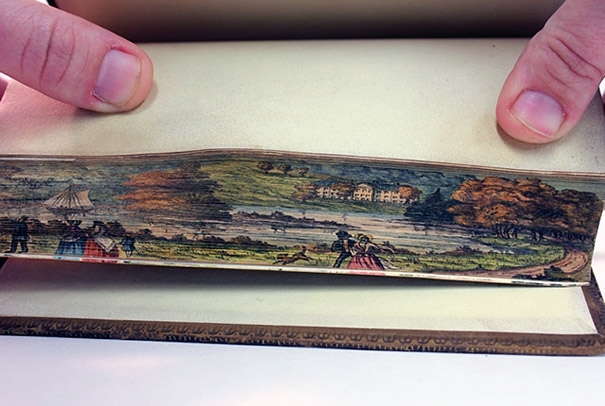
Japanese artist Mou Hitotsu no Kenkyujo has reinvented the humble flip book by using negative space and jawdroppingly well-animated art. The expert use of negative space and secret cutout compartments pack these flip books with whimsical surprises. We can only hope that we haven’t seen the last of these magical flip books yet. According to the artist’s blog, it looks like these eight or so marvelous flip book volumes were started in 2009.
Japanese artist Mou Hitotsu no Kenkyujo has reinvented the humble flip book by using negative space and jawdroppingly well-animated art.

Who says that kids are the only ones that can have fun with coloring books?
Who says that kids are the only ones that can have fun with coloring books?

Seriously though, who in their right mind would think these titles are appropriate for children's books?
Seriously though, who in their right mind would think these titles are appropriate for children's books?

While most of us know that some of the greatest treasures can be found in books, turns out that sometimes they also appear on the fore-edges of the pages. Recently Colleen Theisen shared a gif she made, showing an amazing example of fore-edge painting on the side of the book from 1873. The painting was found on the edge of Robert Mudie’s book Autumn at the Special Collections & University Archives at the University of Iowa. Fore-edge painting dates back to 1650′s, and is a technique when a picture is drawn on the edge of the book pages. Sometimes the image can be seen when the book is closed, sometimes the pages have to be slightly fanned out.
While most of us know that some of the greatest treasures can be found in books, turns out that sometimes they also appear on the fore-edges of the pages.


